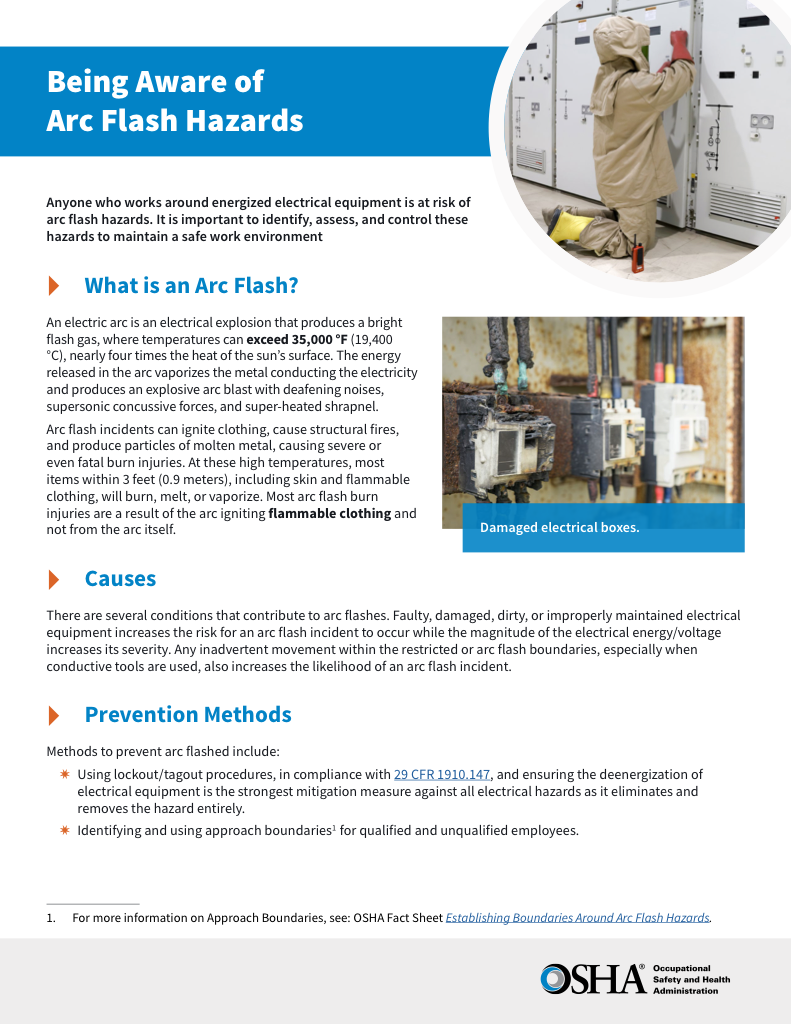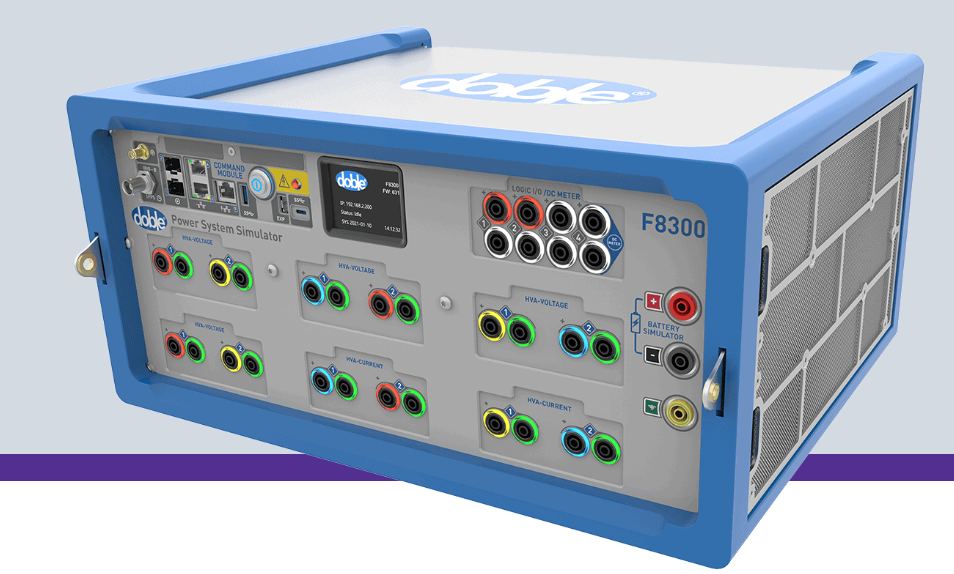Who can enter limited and restricted boundaries?
By R.W. Hurst, Editor

CSA Z462 Arc Flash Training - Electrical Safety Essentials
Our customized live online or in‑person group training can be delivered to your staff at your location.

- Live Online
- 6 hours Instructor-led
- Group Training Available
Download Our OSHA 4475 Fact Sheet – Being Aware of Arc Flash Hazards

- Identify root causes of arc flash incidents and contributing conditions
- Apply prevention strategies including LOTO, PPE, and testing protocols
- Understand OSHA requirements for training and equipment maintenance
Electrical safety is paramount in workplaces with energized electrical equipment. A critical aspect of ensuring safety is understanding and adhering to protection boundaries established around such equipment. These boundaries, namely the limited approach boundary and restricted approach boundary, define safe distances from exposed energized conductors or circuit parts and dictate who can enter these zones.
Ensuring electrical safety in the workplace involves understanding and respecting arc flash boundaries and shock protection boundaries as outlined by NFPA 70E. These boundaries define safe distances from exposed energized conductors or circuit parts and dictate who can enter these areas and under what conditions. This article explores who can enter limited and restricted boundaries, the criteria for crossing these boundaries, how to determine them, and the appropriate personal protective equipment (PPE) required.
Who Can Enter Limited and Restricted Boundaries?
Limited Approach Boundary: This boundary is established to protect individuals from shock hazards. It marks the closest distance that an unqualified person can approach exposed energized conductors or circuit parts without being accompanied by a qualified person.
- Qualified Workers: Only qualified workers who have been trained and have the knowledge to recognize and avoid electrical hazards can enter the limited approach boundary unescorted. These workers are familiar with the appropriate safety procedures and the use of PPE.
- Unqualified Persons: Unqualified persons can only cross the limited approach boundary if they are escorted by a qualified person. This ensures that they are protected and do not inadvertently expose themselves to electrical hazards.
Restricted Approach Boundary: This boundary is closer to the energized parts and presents a higher risk. Entry into this area requires a greater level of precaution.
FREE EF Electrical Training Catalog
Download our FREE Electrical Training Catalog and explore a full range of expert-led electrical training courses.

- Live online and in-person courses available
- Real-time instruction with Q&A from industry experts
- Flexible scheduling for your convenience
- Qualified Workers: Only qualified workers can cross the restricted approach boundary, and they must have a proper work permit and appropriate PPE for the specific electrical hazards present.
- Work Permit: A work permit is required to document and authorize the work within the restricted approach boundary. This permit ensures that all safety measures are in place and that the work is carried out safely.
Who May Cross the Limited Approach Boundary?
The limited approach boundary is designed to restrict access to those who are trained and knowledgeable about electrical safety. Qualified workers can cross this boundary without additional supervision, provided they adhere to all safety protocols and wear the necessary PPE. Unqualified persons must be accompanied by a qualified worker to ensure their safety.
How to Determine Limited Approach Boundary?
Determining the limited approach boundary involves assessing the potential hazards associated with the exposed energized conductors or circuit parts. According to NFPA 70E, the boundary is based on the voltage rating of the electrical system and the potential for an arc flash incident. The following steps are generally involved:
- Identify Voltage Ratings: Determine the voltage levels of the electrical equipment to assess the risk.
- Assess Potential Hazards: Evaluate the potential arc flash hazards depending on the electrical system and its conditions.
- Calculate Safe Distances: Use standardized tables and formulas provided in NFPA 70E to calculate the safe distances from the exposed energized parts. These calculations help in setting the limited approach boundary at a distance where the incident energy would be 1.2 calories/cm², a level sufficient to cause second-degree burns but not more severe injuries.
What to Wear in a Limited Approach Boundary?
When entering a limited approach boundary, the type of PPE required depends on the potential hazards identified during the risk assessment. The main goal is to protect workers from both shock hazards and arc flash incidents. The following PPE is typically recommended:
- Voltage Rated Gloves: To protect hands from electrical shocks.
- Insulated Tools: To prevent accidental contact with energized parts.
- Arc-Rated Clothing: Depending on the potential arc flash hazard, clothing with appropriate arc ratings (measured in calories/cm² of incident energy) should be worn to protect against burns.
- Face Shields and Safety Glasses: To protect the face and eyes from potential arc flash and shock hazards.
Understanding who can enter limited and restricted boundaries and the conditions under which entry is allowed is crucial for maintaining electrical safety in the workplace. Qualified workers, equipped with the appropriate training and PPE, are authorized to enter these high-risk areas, while unqualified persons must be escorted by a qualified person. Determining the boundaries involves careful assessment of the voltage ratings and potential hazards, ensuring that the appropriate protection measures are in place. By adhering to NFPA 70E standards and implementing strict safety protocols, workplaces can significantly reduce the risk of electrical injuries and ensure a safer working environment for all employees.







